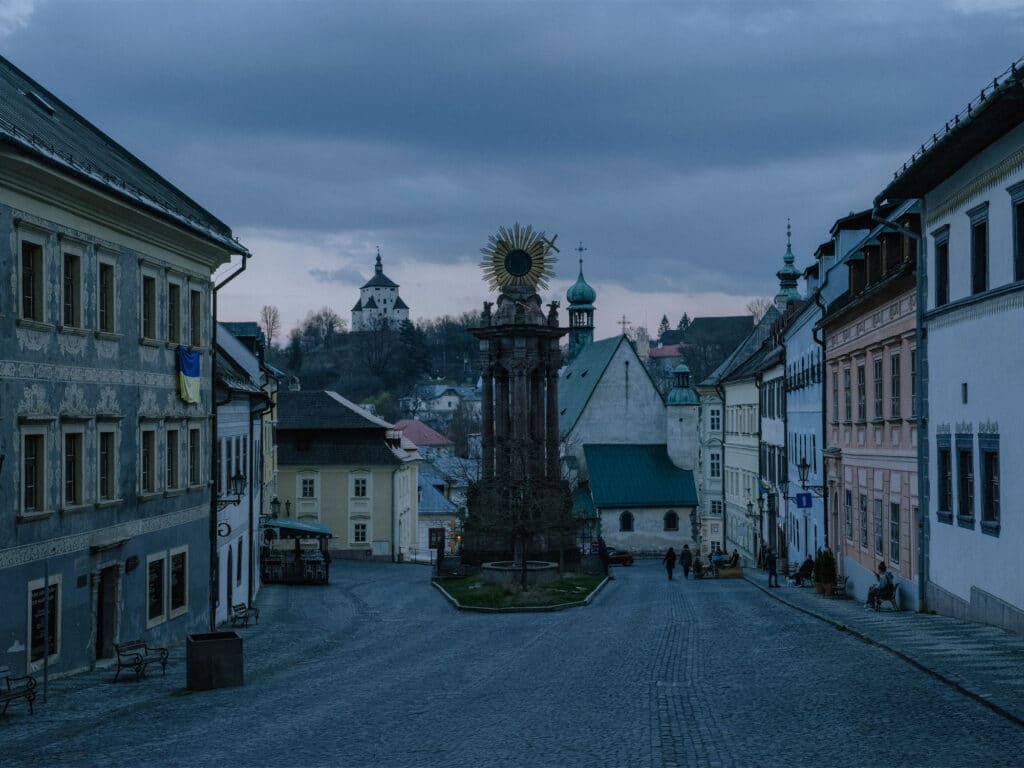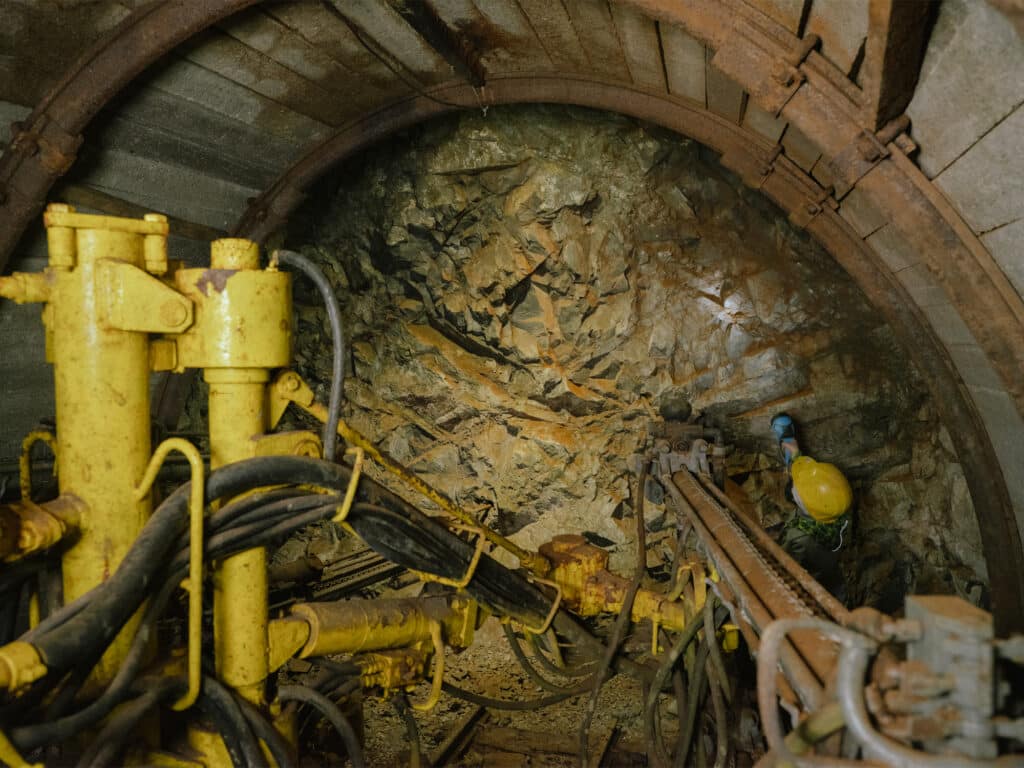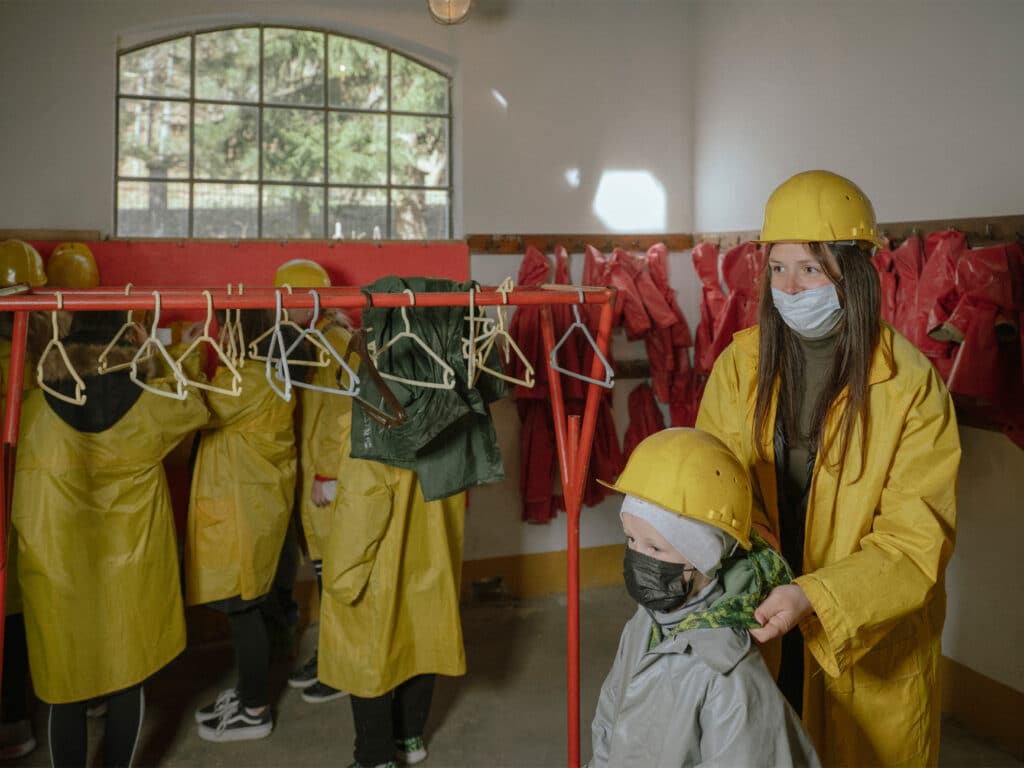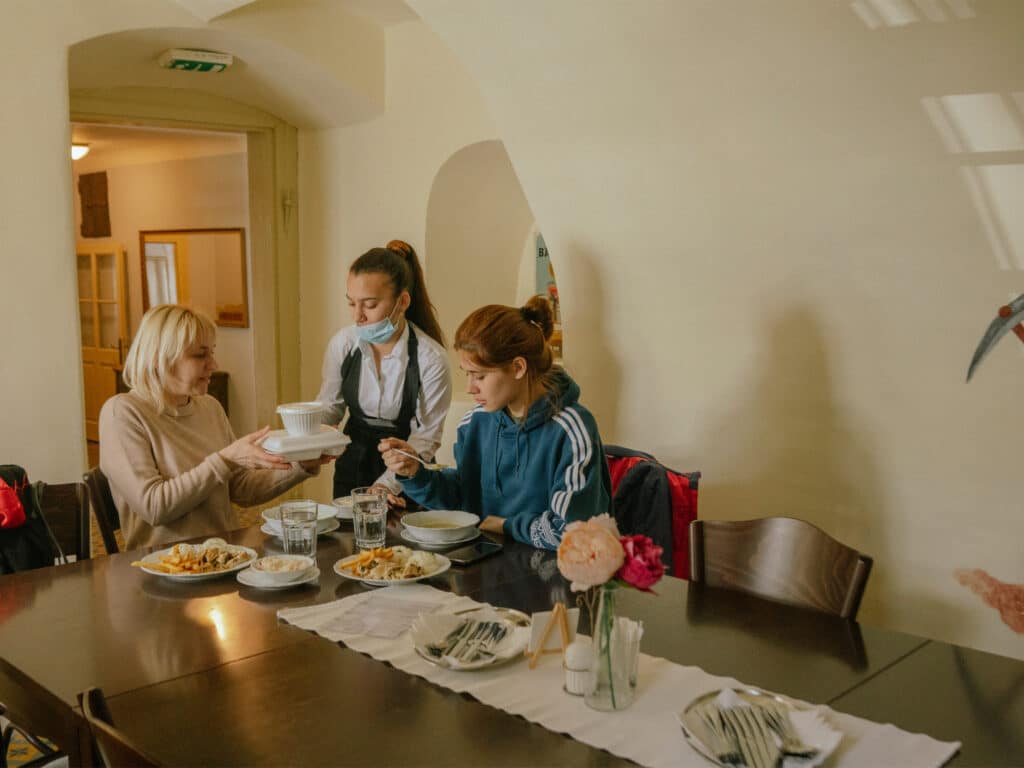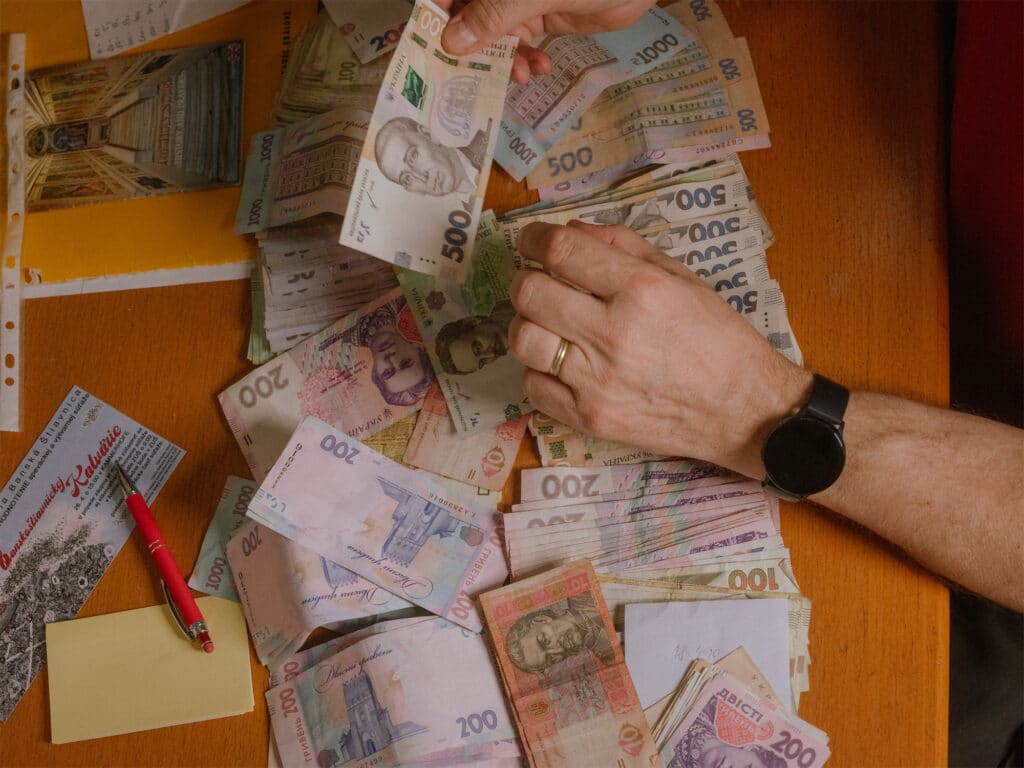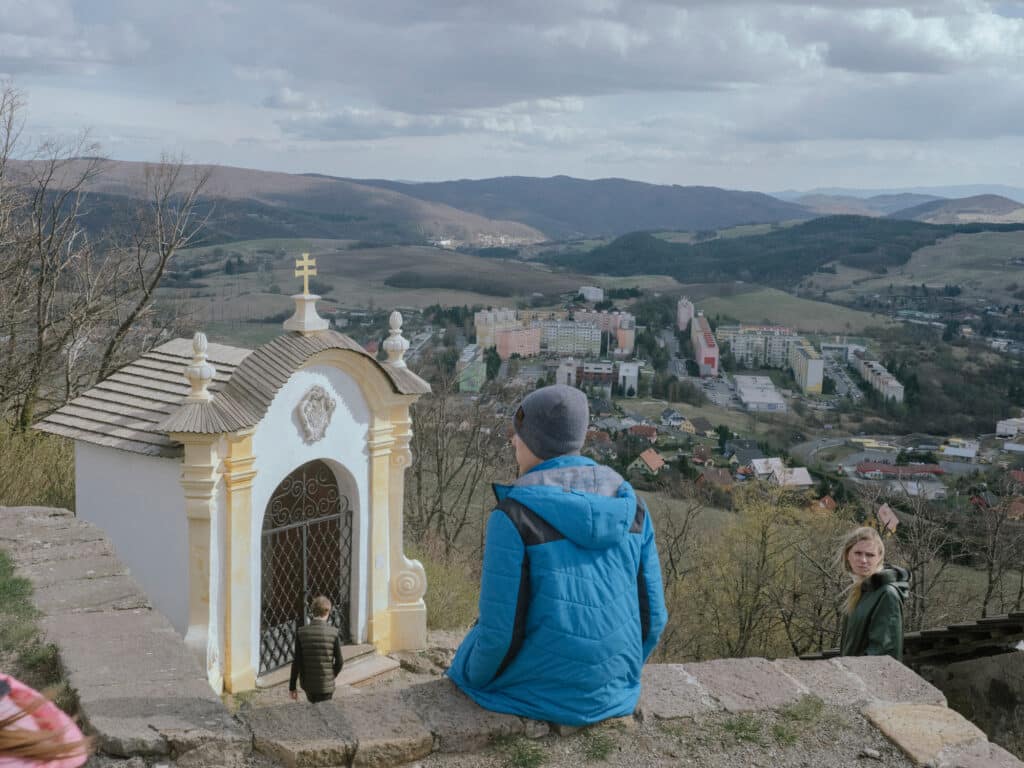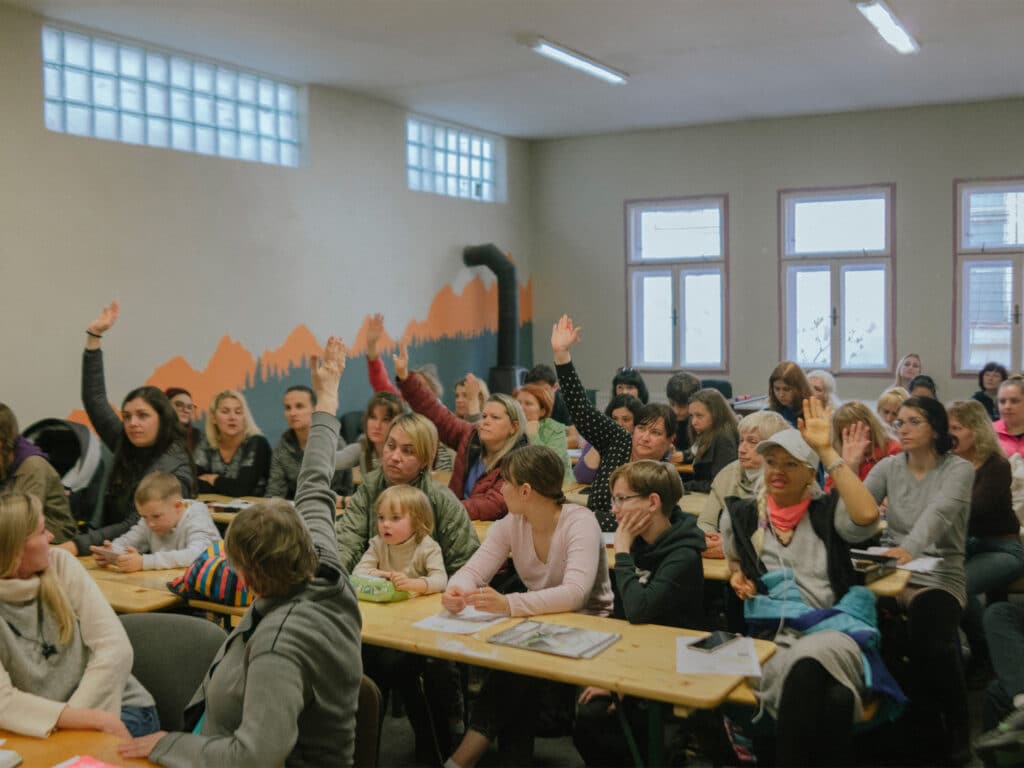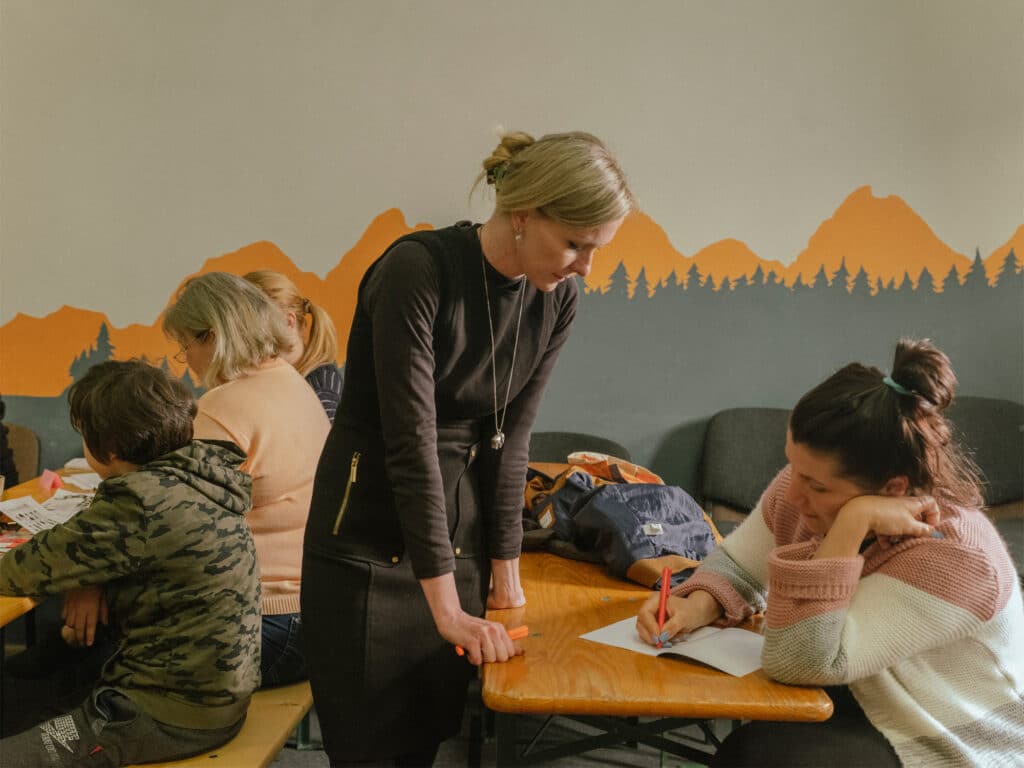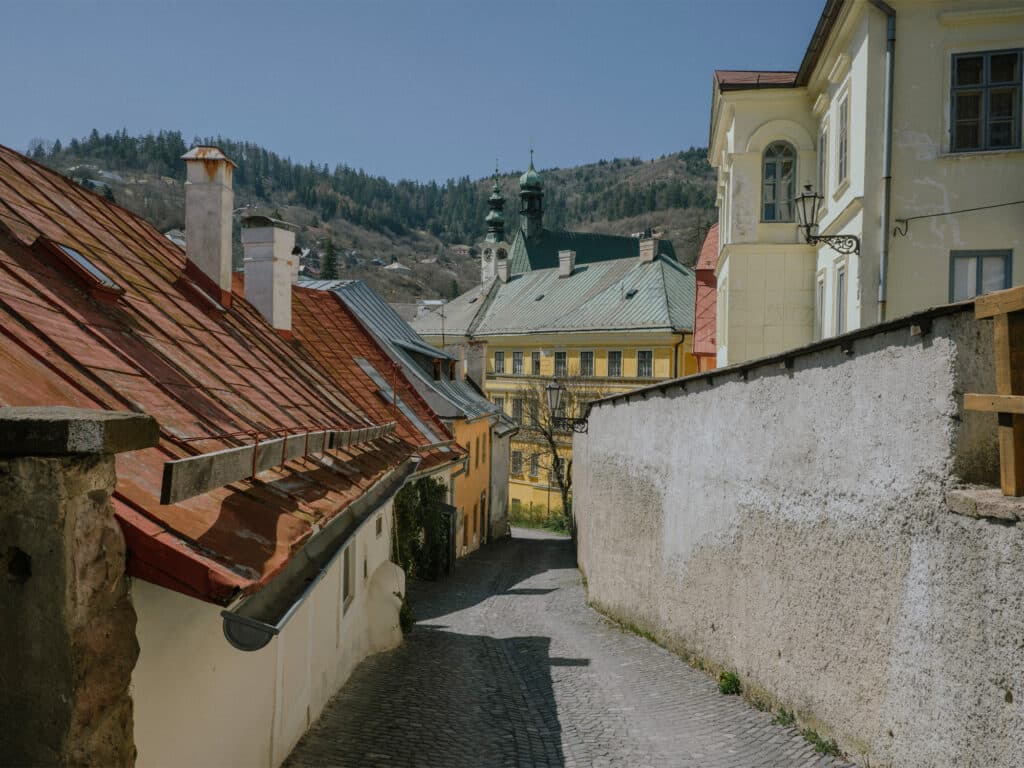
It has been over 100 days since the War in Ukraine began on February 24th. According to records from the UNHCR, the United Nations’ Refugee Agency, over 5,000,000 Ukrainians have fled across Europe to escape the fighting. And the numbers continue to rise. Over 500,000 have crossed into Slovakia, and nearly 80,000 have registered for Temporary Protection in the country.
One of the towns where the refugees have come is Banská Štiavnica, which sits in the middle of Slovakia. It is an old mining town of roughly 10,000 people, whose past fortunes came from the silver and gold found in the mines around the town. The ore deposits have been mined from about the 3rd century BC and are even mentioned by Roman authors. The precious metals themselves are the result of the collapse of an ancient volcano, which created the caldera in which the town rests.
Over the centuries the town grew and changed, and is now filled with a combination of medieval, baroque, and renaissance architecture surrounding beautiful town squares and relics of its long mining past. And now, with the mining operations over, the population relies on tourism and recreation to keep the economy going.
Now into this idyllic town have come Ukrainian refugees. And their inhabitants have opened their arms to those who have come, about 150 people so far. The town also actively works to help and integrate them with life in Banská Štiavnica.
Photographer Ismail Ferdous, a special correspondent for Blind, spent time in Banská Štiavnica to document the lives of the Ukrainian refugees, and the townspeople who work to help them in their new homes.
The government of Banská Štiavnica has an integration program for those who come to the town, run by Martin Macharik who is the head of the organizing committee, and a member of the town parliament.
The integration process is organized by a non-government organization run by Macharik and others in town. The town does pitch in with small amounts of money for each family when they arrive, roughly 20-40 euros, along with food and clothing. They also help in organizing accommodations and schooling. They further help the refugees by converting the money that they have brought from Ukraine to euros, which they can use in the stores.
“I have a double position – bit as a member of town parliament I support the town’s activities, but much more I’m involved as the NGO leader, where most of the integration process is going on. We opened an ‘Integration club’ and have everyday programs like a Slovak and English language lessons, talks about jobs, trips around the town, and activites for children and a sewing club for older women.”
The work is constant and keeps Macharik and his staff busy every day.
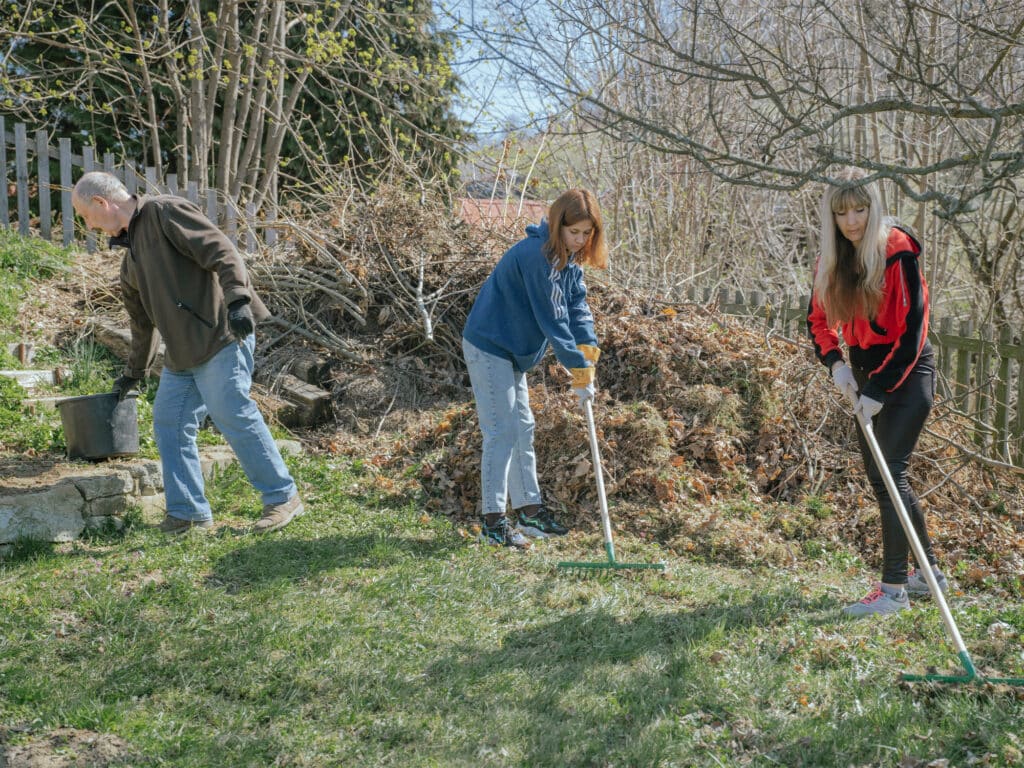
“There are so many jobs that need to be done daily that we now have a full-time manager for the integration club. We organize housing, schools, and even health assistance. Just yesterday we drove a woman to the hospital for surgery and organized all thing around it. We did not receive any money from the state or the municipality for it. We paid it all from our NGO money and gifts from supporters.”
While the state is financing the accommodations of the refugees and does provide 60 euros per person per month for social support, the NGO group that the town runs is all volunteers who are not paid for their work.
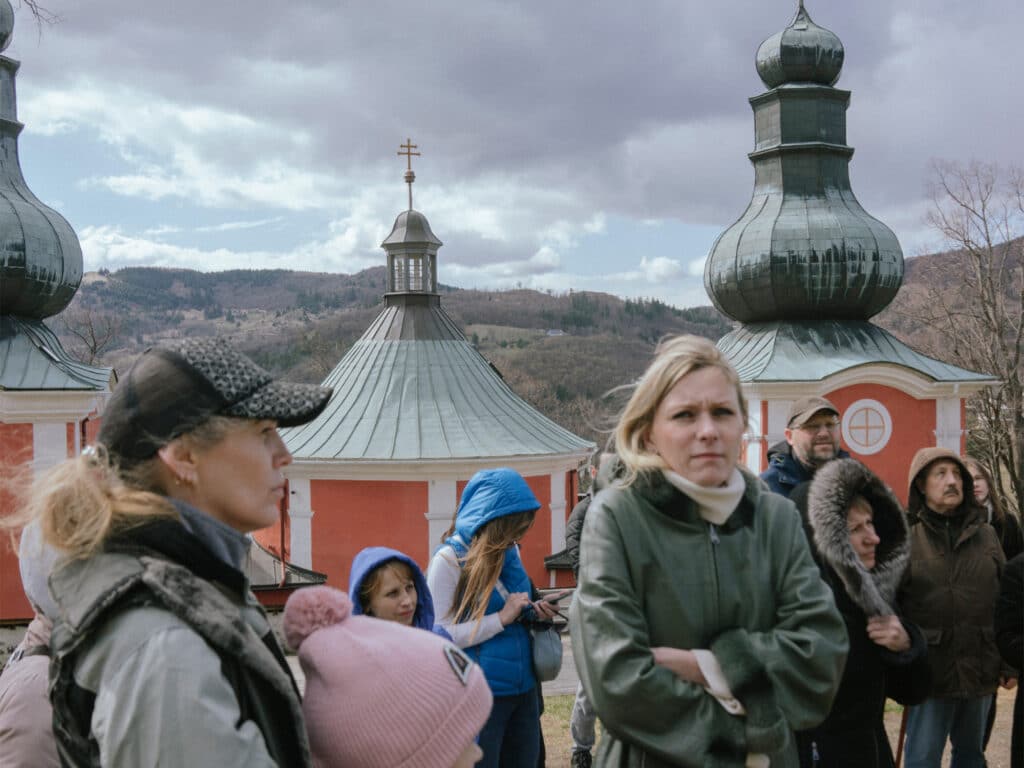
Because Banská Štiavnica is a tourist town, there are many places for the refugees to stay in the off season when the tourist numbers are low. But since many are booked for July and August, some of the families are being moved into the dormitories at a high school, since they are empty during the summer for school break. They have also been fortunate to find some building owners with empty apartments that they are willing to donate to host refugees. Many of these apartments are not furnished, and the NGO has also worked to find household furnishings for these flats for the families that will be living there.
“We also started a Facebook page and group, where all the information they need can be found, including offers for housing and job opportunities. We have organized a big integration barbecue event for Slovaks and Ukrainians, and this weekend there is a traditional handicrafts festival in town and the Ukrainians will have a table to show products, too. Many families also do more than hosting. It’s about psychological support, financial support, and help finding jobs.”
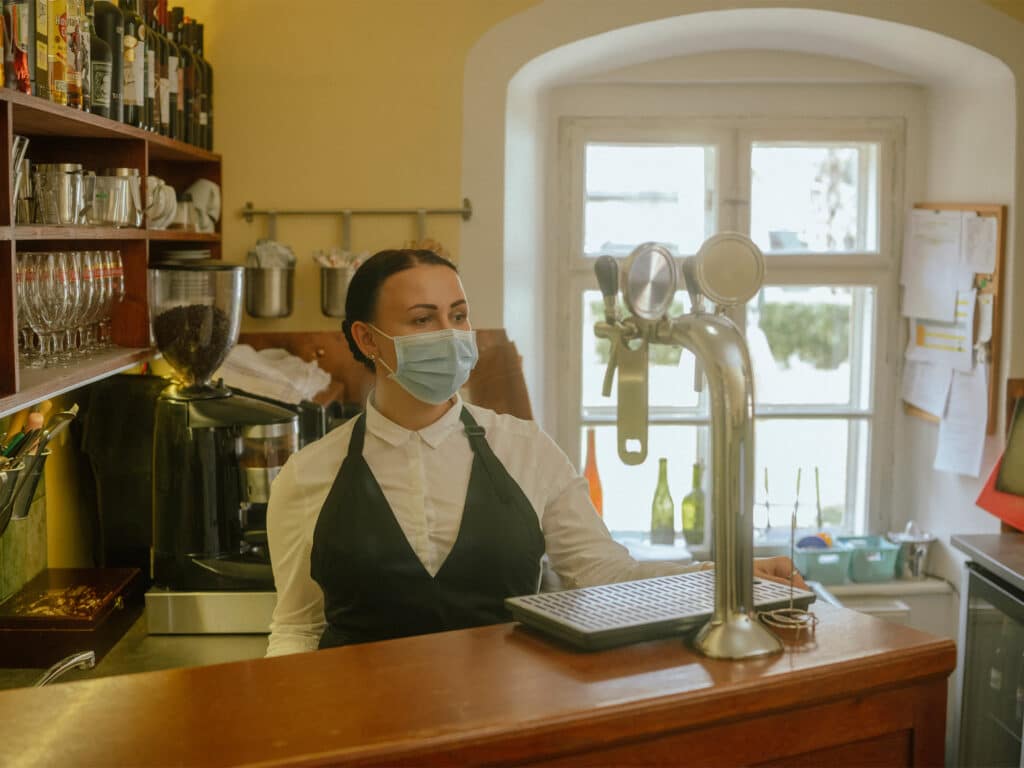
Between 50 and 60 school students have also been attending local schools, and some are on-line learning as well. The integration center provides 4 Slovak language lessons per week, as well as 4 English lessons, to help the new students adjust to their new surroundings.
Some of the refugees are also working to help those who are still in Ukraine while being helped themselves in Banská Štiavnica.
Anastasia, who is an English teacher, ran a school in Kharkiv with her mother Iryna before the war. She is now teaching English classes online to her students, who are scattered all over Ukraine, some of whom are hiding in bomb shelters. She used to have about 180 students between all her classes, but that number is down to around 40 now, or roughly one fifth of her class. She has no idea where those who have gone missing are, and if they are safe.
“I’m thinking, what are my actions?”, she says. “What will I do? First of course, I will just wait for a couple of days. Then I will text their parents. If their parents don’t reply for a day, two, three, I don’t know how to tell the other students in their group.”
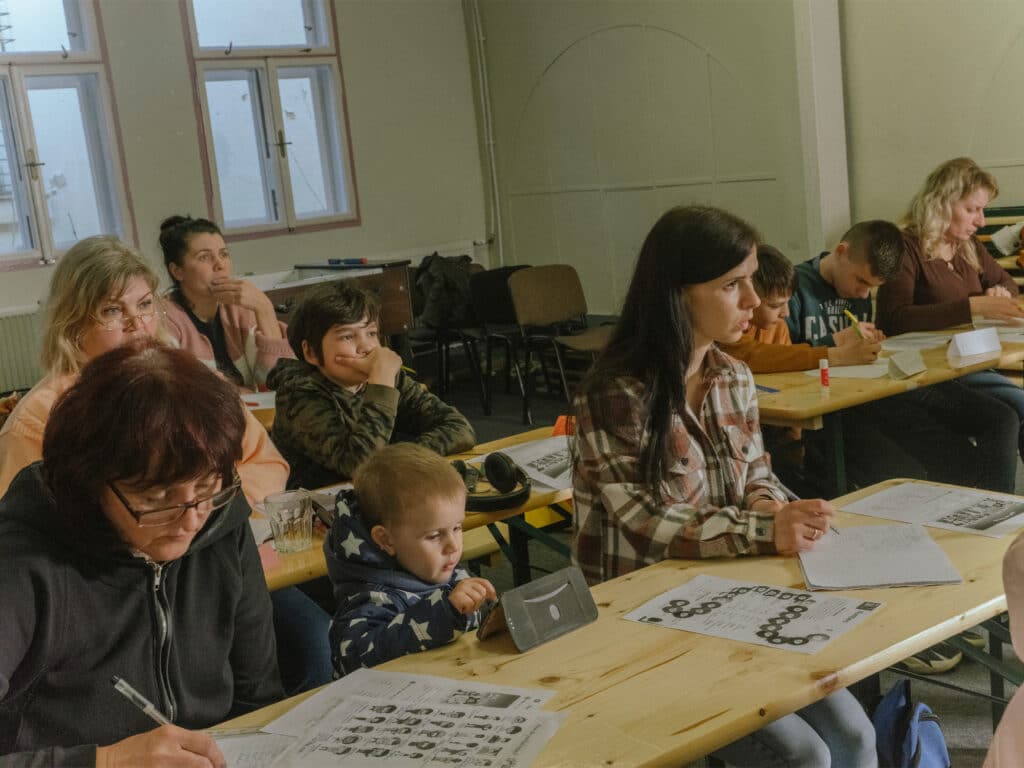
Anastasia does hear from others and knows why they are unable to attend. But their reasons for not being able to attend are heart wrenching. “Some of them, they text me themselves. ‘Sorry, we are in a very troublesome situation. We don’t have internet. We are somewhere in a deep village. Bridges are already destroyed around us. We can’t get anywhere from here.’ Usually it’s like that.”
As the war continues in Ukraine, those who have made it to Banská Štiavnica try to create new lives in the town they call home with the generous help of those in town who go out of their way to do what they can. And the help and support they provide allow those refugees who are able to reach back across the border to try and help, or at least give some semblance of a normal life, to those who can’t escape the war that surrounds them.
